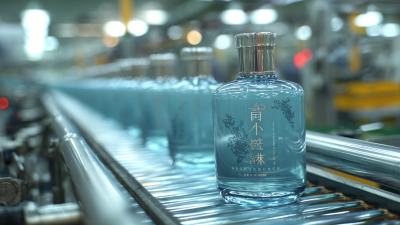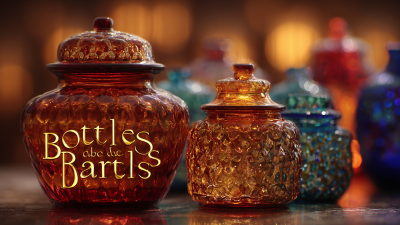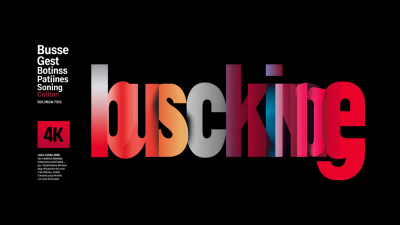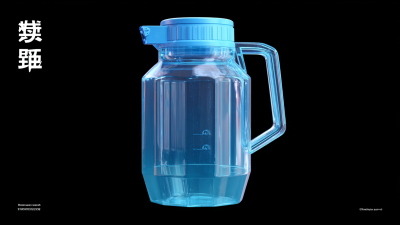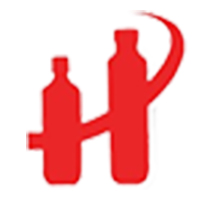In today's competitive market, the significance of choosing the right bottle packaging cannot be overstated, as it plays a pivotal role in the success of a business. According to a recent study by the Freedonia Group, the global demand for plastic bottles is projected to reach over $50 billion by 2024, driven by the increasing use of lightweight and sustainable packaging solutions. Additionally, a report by Smithers Pira highlights that effective packaging design can influence consumer purchasing decisions by up to 70%. In this light, businesses must carefully consider factors such as material choice, design aesthetics, and functionality when selecting their bottle packaging. By aligning their packaging strategy with market trends and consumer preferences, companies can not only enhance brand visibility but also drive sales and foster customer loyalty.
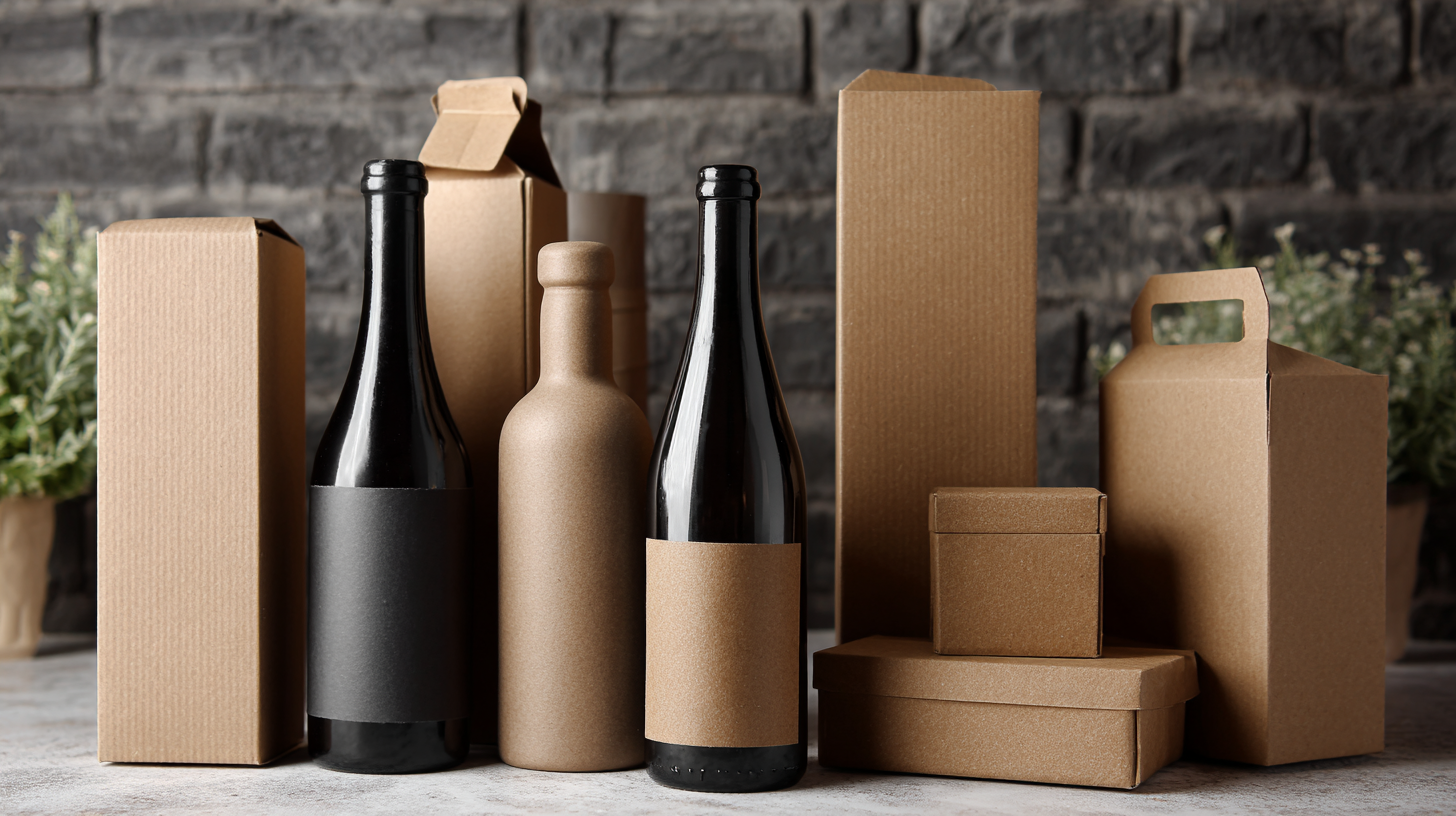
When selecting bottle packaging, understanding your target market is crucial. According to a report by Smithers Pira, the global market for bottled beverages is projected to reach $650 billion by 2024, with packaging playing a pivotal role in consumer choices. This growth highlights the importance of aligning your packaging decisions with the preferences of your audience.
One key consideration is the environmental impact. Data from Nielsen indicates that 66% of consumers are willing to pay more for sustainable brands. Businesses must evaluate their packaging materials and processes to appeal to eco-conscious consumers. Additionally, identifying your target demographic, such as age, lifestyle, and purchasing behavior, can further refine your packaging strategy, ensuring it resonates with the market you aim to capture.
Moreover, design elements such as color, shape, and labeling can influence buying decisions. A study from the Journal of Consumer Research found that 94% of first impressions are based on design alone. By researching design trends relevant to your target market, you can create an attractive and effective bottle that stands out on the shelf and drives sales. Understanding these factors will not only enhance your brand's visibility but also solidify customer loyalty in a competitive industry.
When selecting bottle packaging for your products, understanding how different shapes influence consumer perception is crucial. Consumers are often drawn to specific bottle shapes based on their associations and feelings towards those forms. For instance, tall and slender bottles are often perceived as elegant and sophisticated, making them ideal for premium products like perfumes or fine spirits. In contrast, round and robust bottles can convey a sense of reliability and tradition, appealing to consumers looking for family-friendly or home-style products.
Moreover, creative shapes can help a brand stand out on crowded shelves. Unique designs, such as geometric or asymmetrical bottles, can capture attention and pique curiosity, encouraging potential buyers to pick them up. However, it's essential to balance creativity with functionality; bottles must be easy to handle and pour. Shapes that facilitate convenience can enhance the overall user experience, reinforcing positive perceptions of the brand and ultimately driving sales. By carefully considering the impact of bottle shapes, businesses can create a compelling visual identity that resonates with their target audience.
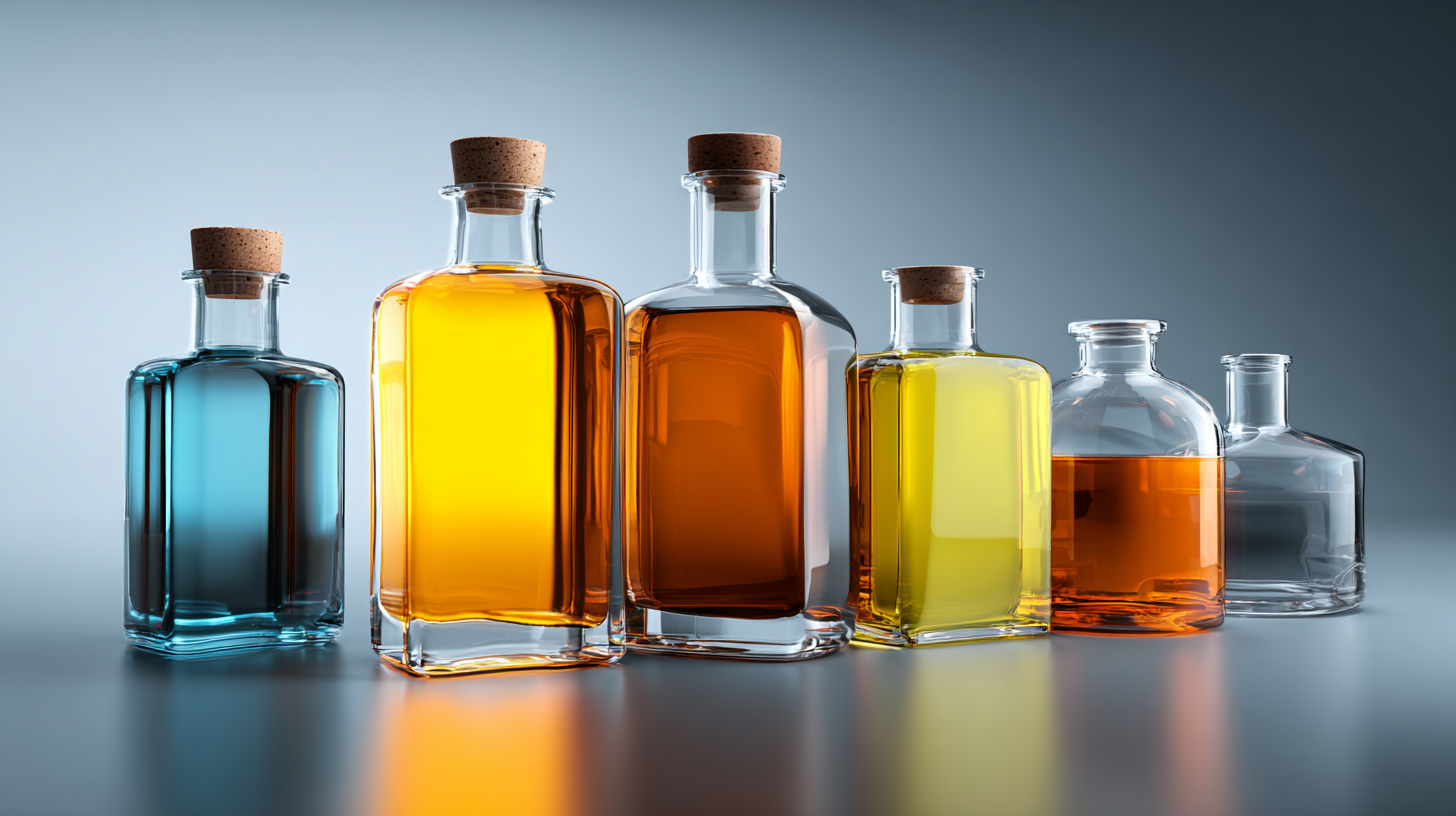 When selecting bottle packaging for your business, the choice of materials can significantly impact both sustainability and brand perception. As consumers increasingly prioritize environmental responsibility, opting for eco-friendly packaging has become not just beneficial but essential. According to a 2021 report by Nielsen, 73% of millennials are willing to pay more for sustainable products, highlighting the growing market for businesses that adopt greener practices.
When selecting bottle packaging for your business, the choice of materials can significantly impact both sustainability and brand perception. As consumers increasingly prioritize environmental responsibility, opting for eco-friendly packaging has become not just beneficial but essential. According to a 2021 report by Nielsen, 73% of millennials are willing to pay more for sustainable products, highlighting the growing market for businesses that adopt greener practices.
For businesses looking to enhance their bottle packaging, consider using recycled materials, which can reduce environmental waste significantly. A study from the Recycling Partnership shows that using recycled plastic can lower greenhouse gas emissions by 30% compared to virgin plastic. Another viable option is plant-based plastics, derived from renewable sources such as corn or sugarcane. These materials can offer the same durability and functionality as traditional plastics while still being biodegradable.
Additionally, glass packaging is a popular choice due to its recyclability and long-term sustainability. Glass can be recycled indefinitely without loss of quality, making it a truly circular material. Lastly, biodegradable materials are gaining traction as they break down more quickly in landfills. Brands that leverage these sustainable options not only improve their environmental footprint but also appeal to conscious consumers, setting themselves apart in a competitive market.
When it comes to packaging design, the importance of a well-crafted label cannot be overstated. A product's label is often the first interaction a consumer has with a brand, making it a critical element in capturing attention and conveying essential information. To stand out in a crowded marketplace, brands should focus on creating eye-catching packaging that not only attracts consumers visually but also communicates key attributes, such as sustainability, quality, and unique selling points. For instance, increasing the visibility of eco-labels can effectively guide consumers toward making informed, eco-conscious choices.
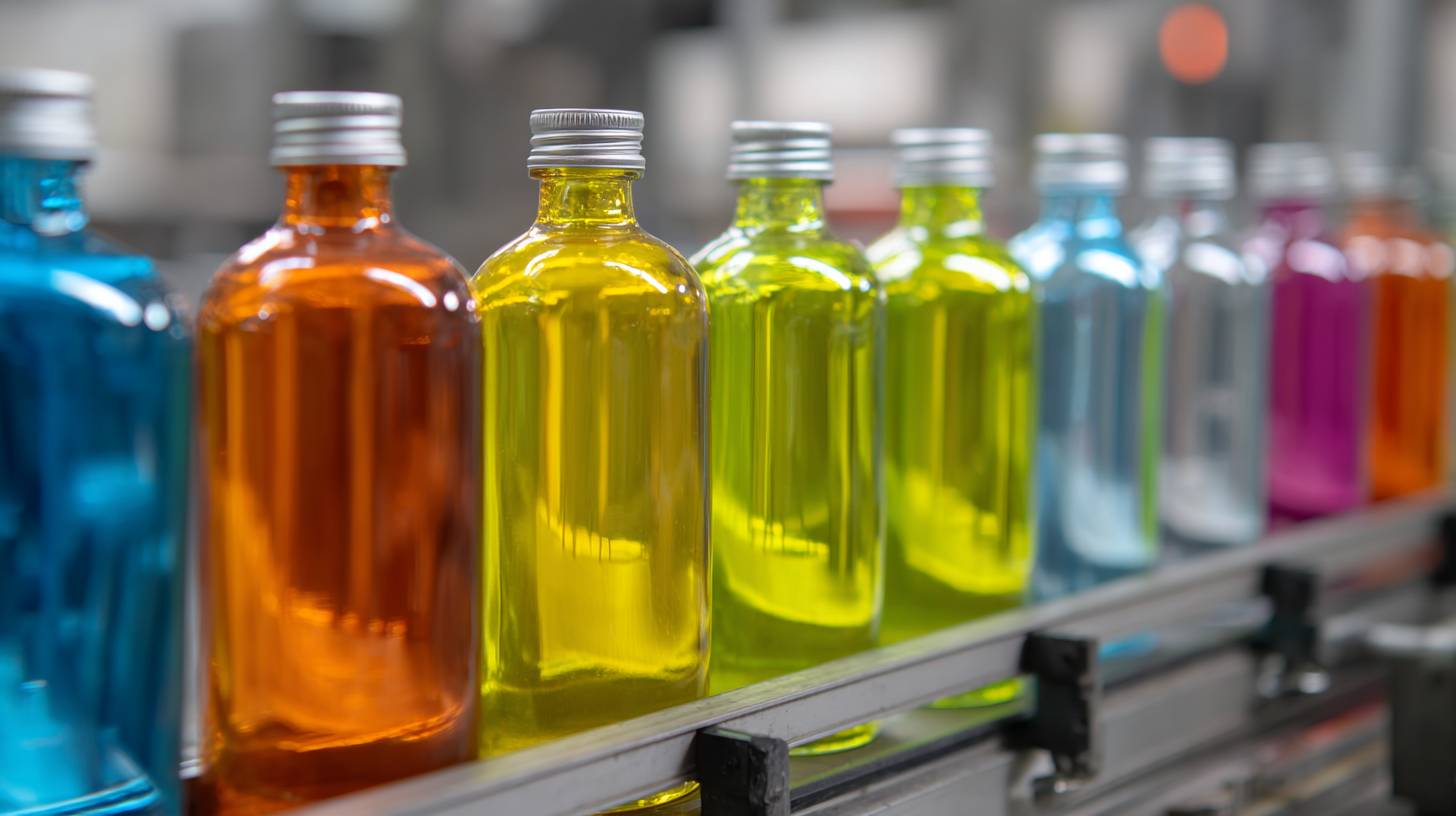
Incorporating innovative design trends can elevate a product's appeal. For 2023, circular patterns and modern design elements, like those offered by advanced printing technologies, are gaining traction. These creative approaches not only enhance shelf visibility but also align with contemporary consumer preferences for sleek and stylish aesthetics. Brands that embrace these trends can enjoy improved market positioning, capitalize on consumer interests, and ultimately drive sales through more engaging packaging that resonates with their target audience.
Testing and feedback are critical components in evaluating the effectiveness of your bottle packaging. According to a study by Nielsen, 64% of consumers try a new product because of its packaging. This statistic emphasizes the importance of not only enticing design but also functional packaging that meets consumer needs. Conducting consumer testing involving focus groups can provide valuable insights. In these sessions, participants can assess aesthetic qualities, usability, and environmental impacts, allowing businesses to refine their designs based on actual consumer preferences.
In addition to focus groups, online surveys can also be an effective tool for gathering feedback. Research from Packaging Strategies indicated that nearly 40% of consumers consider packaging to be essential for product quality. By deploying surveys to your target audience, you can gain quantitative data that highlights specific aspects of your packaging that resonate well or require improvement. Furthermore, leveraging social media platforms for real-time feedback allows brands to engage with consumers and receive opinions in a dynamic environment, ultimately enhancing your product's market appeal and driving sales growth.
| Evaluation Method | Description | Importance Level (1-5) | Feedback Sample Size | Key Insights |
|---|---|---|---|---|
| Customer Surveys | Gathering direct feedback from customers about the appeal and functionality of the packaging. | 5 | 150 | High satisfaction with aesthetics, but concerns about durability. |
| Focus Groups | In-depth discussions with a selected group of consumers to evaluate packaging concepts. | 4 | 30 | Positive perception of eco-friendly materials, but some dislike the opening mechanism. |
| Competitive Analysis | Assessing competitors' packaging strategies to identify best practices. | 3 | N/A | Noticed a trend towards minimalist designs; consider revisiting design strategy. |
| Sales Data Analysis | Reviewing sales performance metrics related to different packaging types. | 5 | N/A | Higher sales with larger bottles; prompted re-evaluation of size options. |
| Social Media Feedback | Monitoring mentions and discussions about packaging on social platforms. | 4 | 200 | Positive buzz about packaging redesign; increased brand exposure and engagement. |
